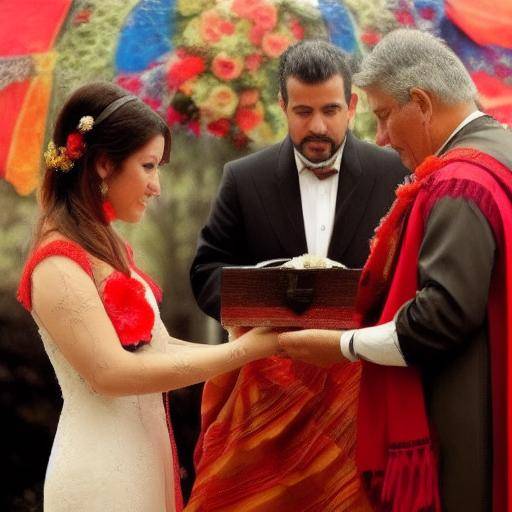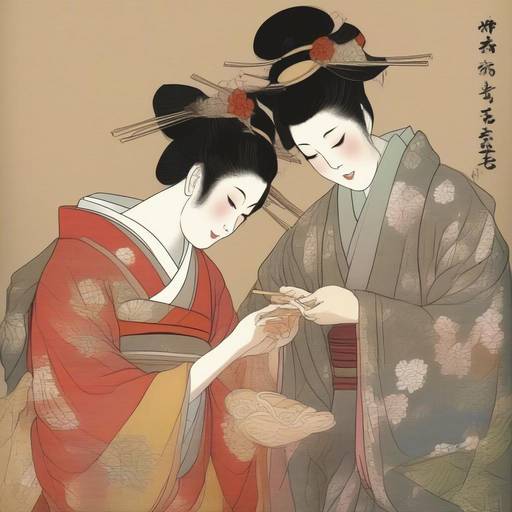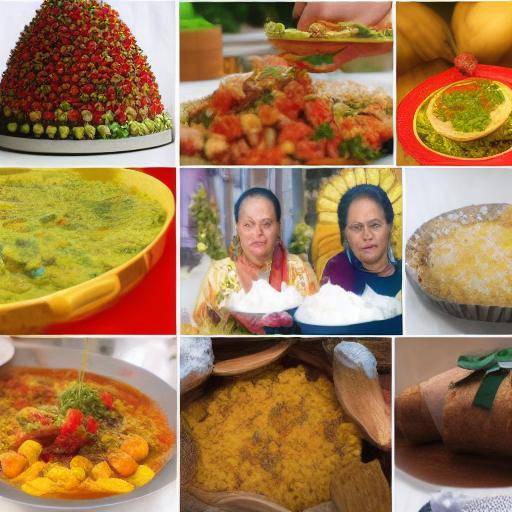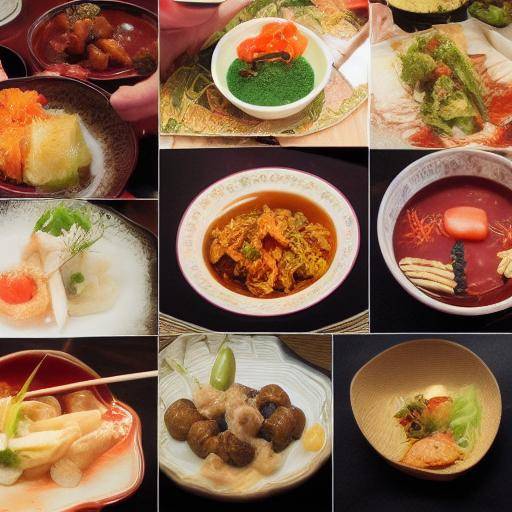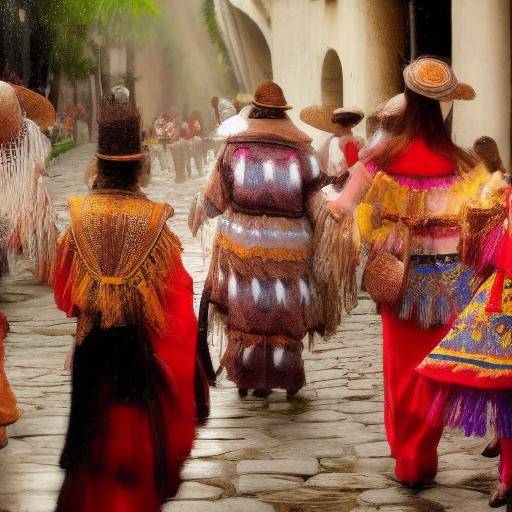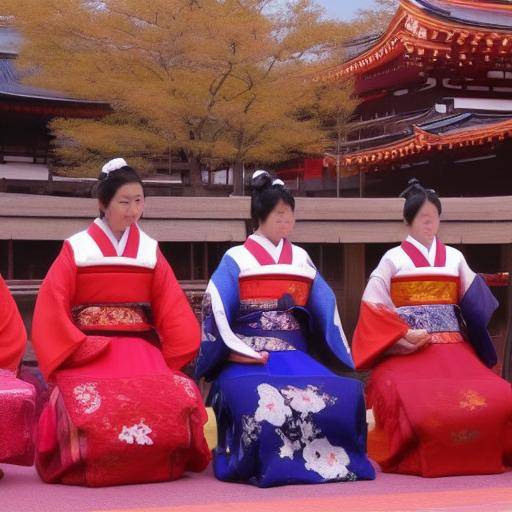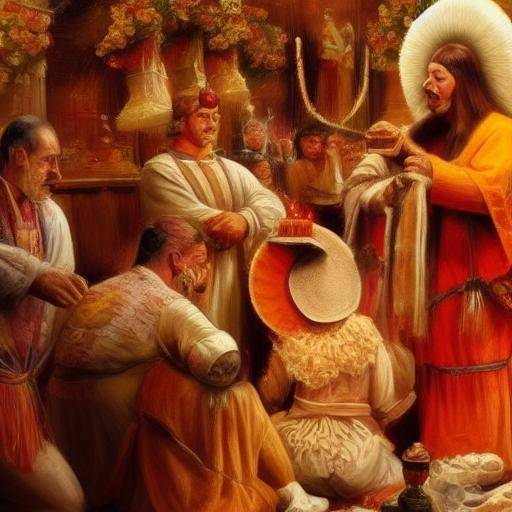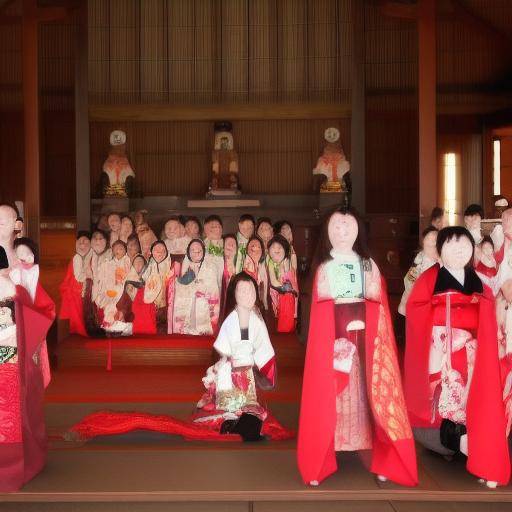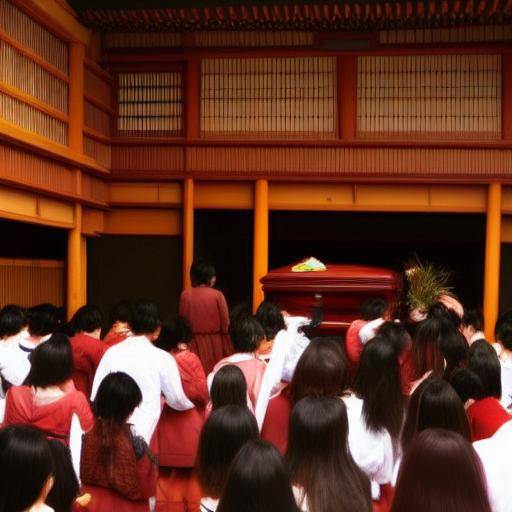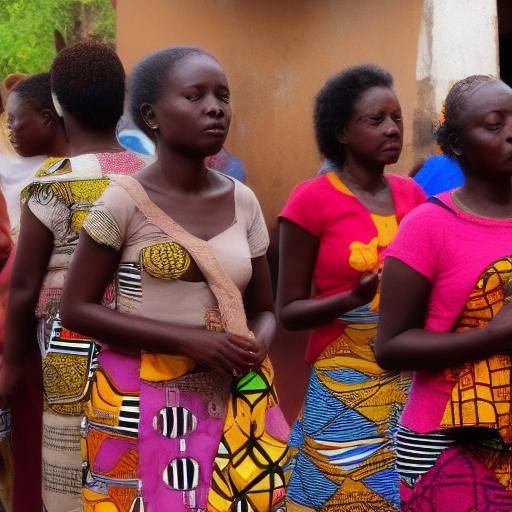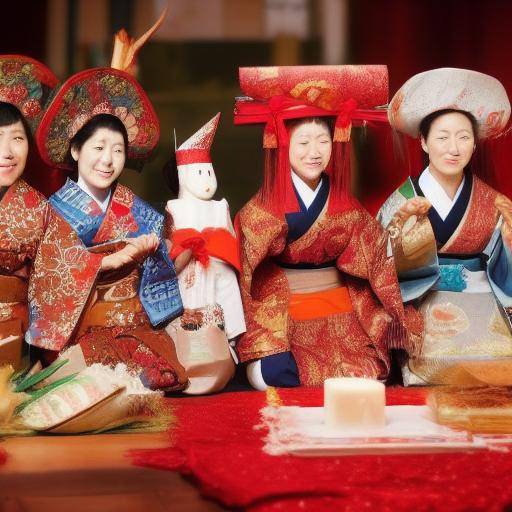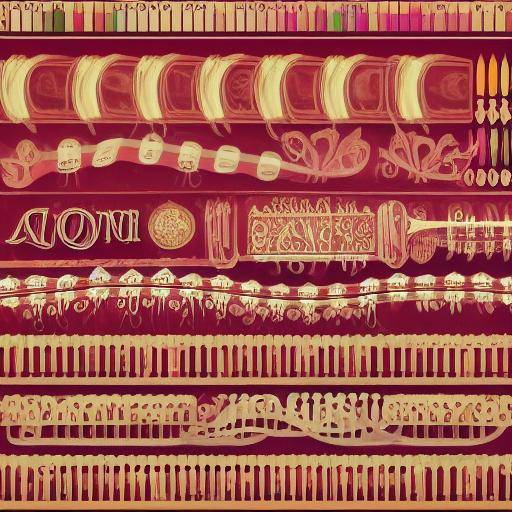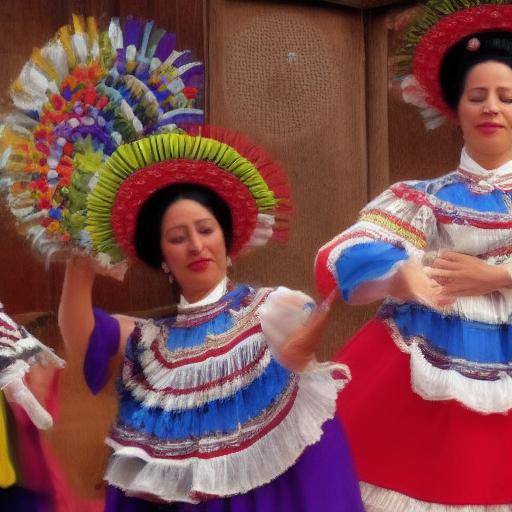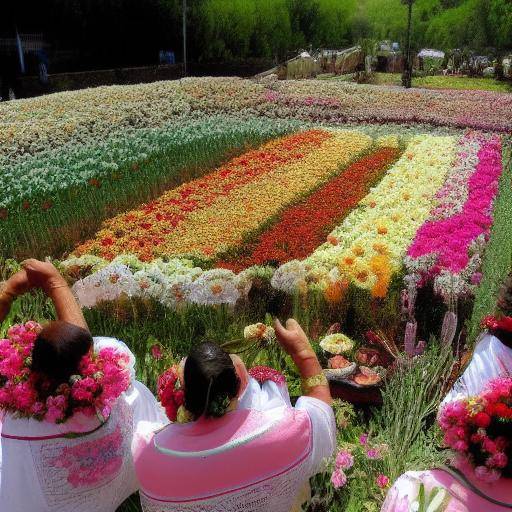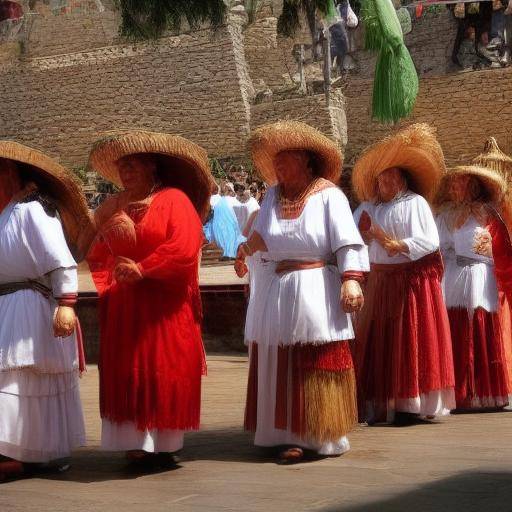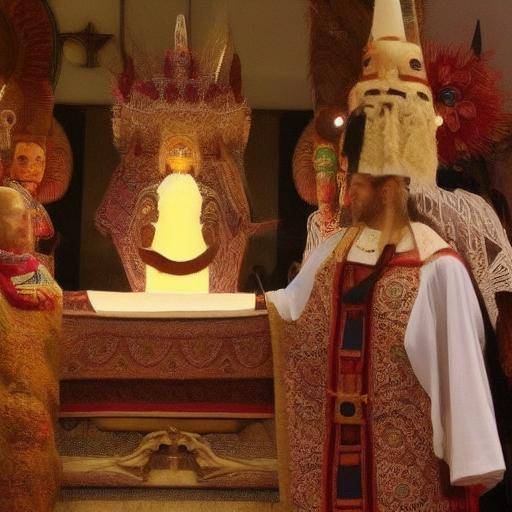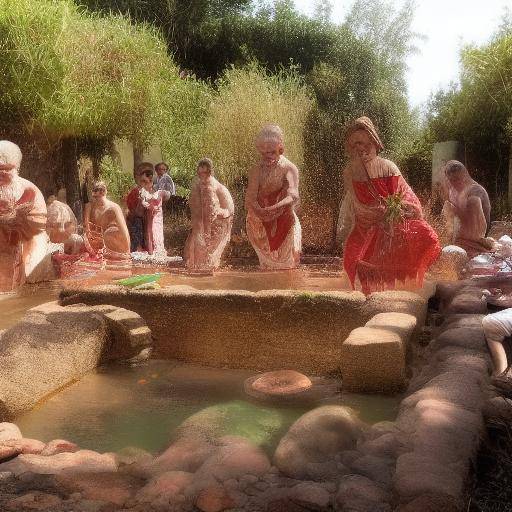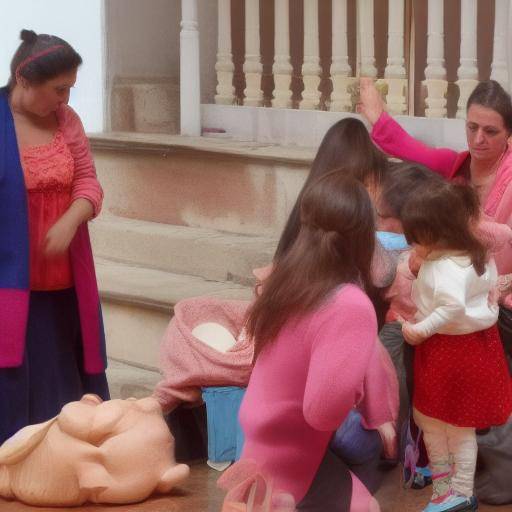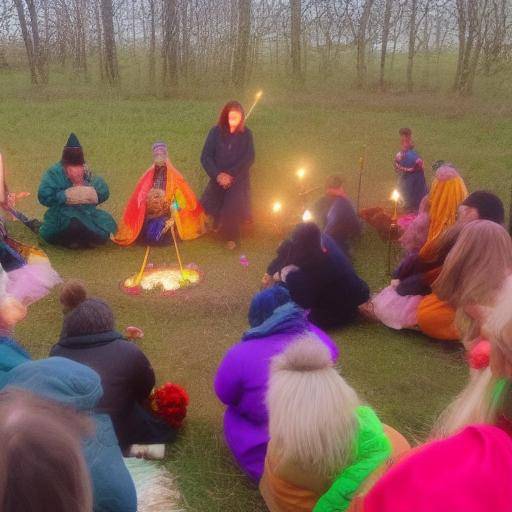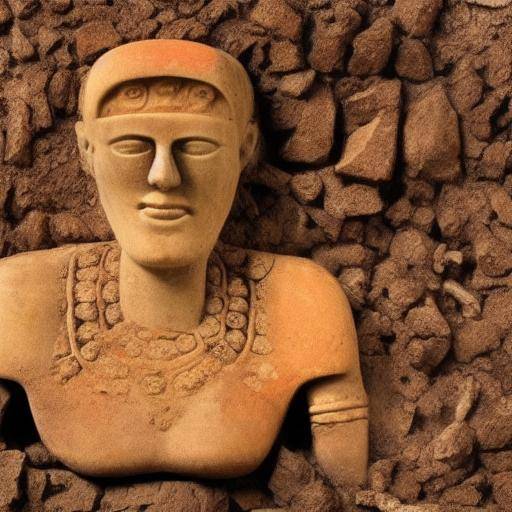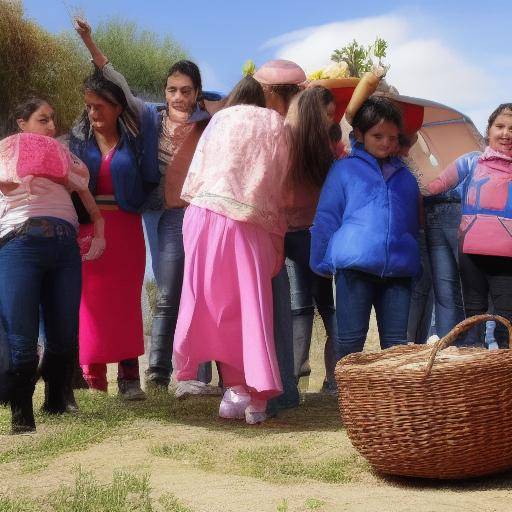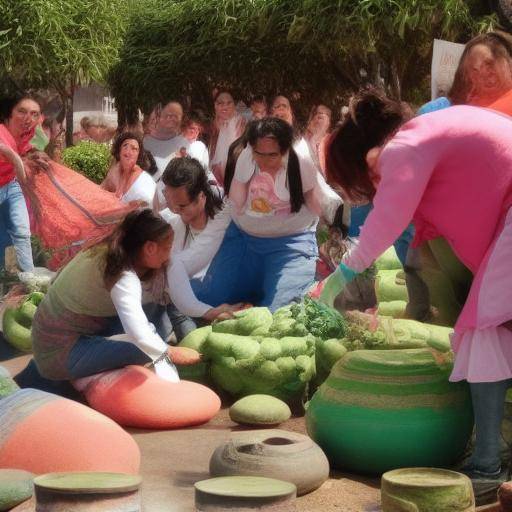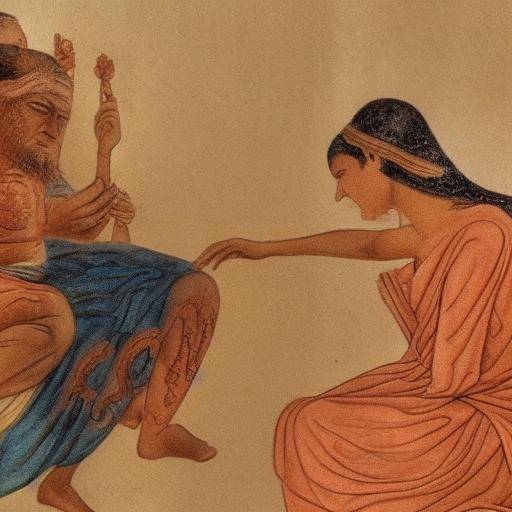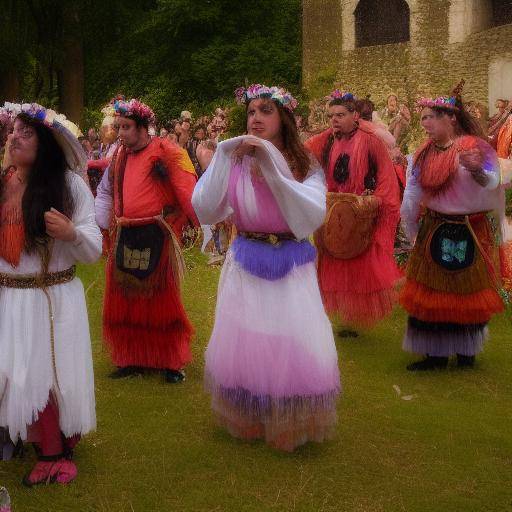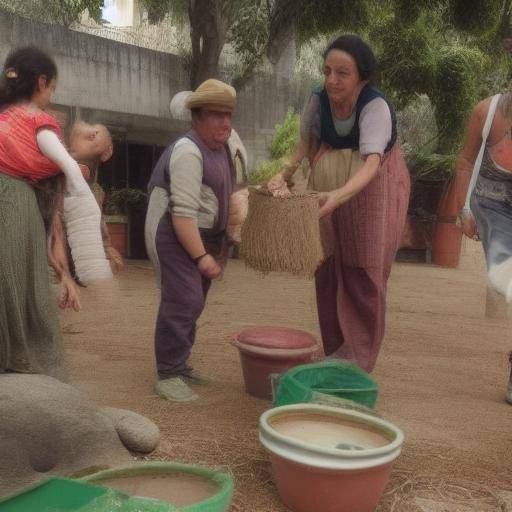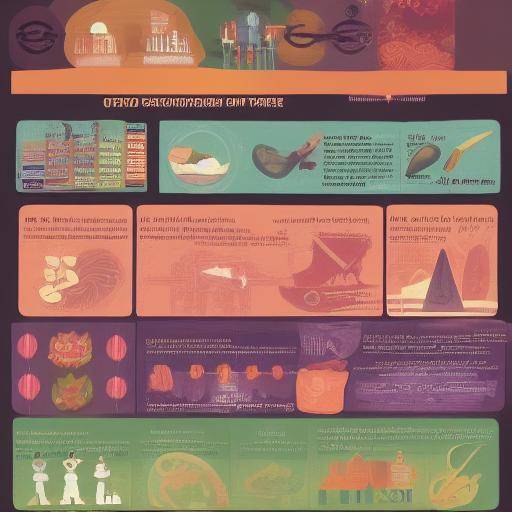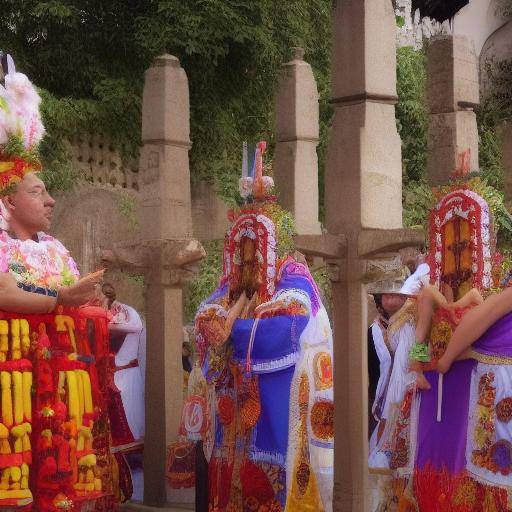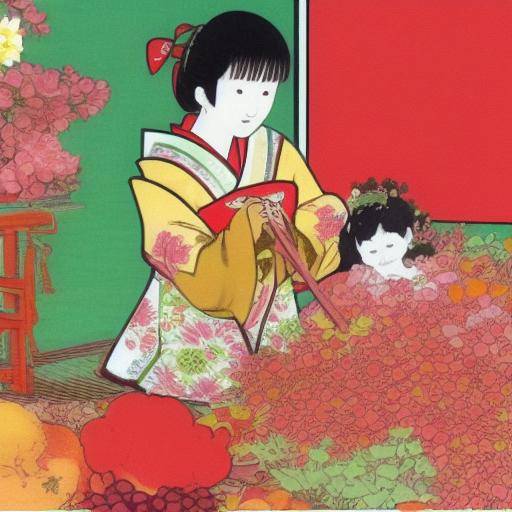
Introduction
Japanese culture has been shaped by a rich millennial tradition that encompasses practices, rituals and beliefs rooted in the country's social fabric. At the heart of this culture are the rites of fertility, ancestral ceremonies that reflect the deep connection between the Japanese people and their natural environment, as well as their aspirations for abundance and growth. This article explores the meaning of fertility rites in Japanese culture, history, current practices and relevance in contemporary society.
History and Background
Fertility rites in Japan have their roots in ancient traditions dating from prehistoric times. The first vestiges of these rituals go back to the animistic beliefs of the first inhabitants of the archipelago, who honored nature and their life cycles to ensure the fertility of the earth, crops and human offspring.
With the advent of Buddhism in the sixth century, these practices merged with new religious teachings, which contributed to the evolution of fertility rituals into more structured and formalized forms. The symptoistic and Buddhist influence was interwoven in the configuration of ceremonies such as the Omizutori, Tsunatori-no-asai or the Otaimatsu, which are held in sacred places such as Mount Koya or the Ise Sanctuary.
During the Edo period (1603-1868), the resurgence of nationalism and cultural identity influenced the revitalization of fertility rites, which were integrated into local festivals and community ceremonies. Today, these practices have evolved as expressions of cultural identity and faith, maintaining their relevance in modern society.
Deep analysis
Fertility rites in Japanese culture are rooted in belief in the life cycle of nature and the need for harmony between humanity and the natural environment. These ceremonies not only represent the veneration of fertility, but also symbolize the aspiration to prosperity, well-being and the continuity of life in all its facets. Through practices such as Matsuri, Kanda Matsuri or Hounen Matsuri, the spiritual and cultural connection of the Japanese people is manifested with the very essence of existence.
Fertility rites also have a profound social meaning, as they reinforce community ties and strengthen collective identity. These ceremonies involve the entire community in rituals that foster social cohesion, solidarity and the sense of belonging. Also, the practices of purification and offerings present in these rituals also reflect the search for harmony, balance and peace in everyday life.
Comprehensive review
Fertility rites practices in Japanese culture not only have symbolic and spiritual value, but have also been the subject of anthropological and sociological studies. Research conducted by scholars such as Keiko Sakurai and Hiroko Umemoto have revealed the complexity of these ceremonies in the contemporary context, emphasizing their relevance not only as cultural expressions, but also as manifestations of identity and intangible heritage.
The phenomenon of fertility rites in Japanese culture has also been the subject of tourist interest, attracting avid visitors to explore the spiritual and traditional life of the country. Festivals such as the Hadaka Matsuri or the Honen Matsuri have gained international reputation, contributing to cultural enrichment and intercultural dialogue in a globalized world.
Comparative analysis
Compared to other cultures, fertility rites in Japan reveal both similarities and contrasts. While some rituals share common elements with practices of other Eastern cultures, such as those celebrated in China or Korea, the uniqueness and depth of Japanese rituals reflect the unique aesthetic sensitivities and sensitivities of Nippon culture. The close relationship between fertility and nature, as well as the harmonious integration between the spiritual and the everyday, distinguish these rites with a distinctive cultural imprint.
Practical Tips and Accessible Recommendations
For those who wish to explore and understand more deeply the fetility rites in Japanese culture, it is recommended to participate in traditional festivals and ceremonies, such as Shimotsuki-no-taue in the Kyushu region or Ondasai in Nara. Also, the visit to shrines and temples that preserve these ancient practices, such as the Tagata Sanctuary in Nagoya or the Tsubaki Sanctuary in Mie, allows you to immerse yourself in the authenticity of these ceremonies.
In addition, those interested in deepening their knowledge of Japanese fertility rituals can consult specialized literary works, such as "Fertility and Pleasure: Ritual and Sexual Values in Tokugawa Japan" by William R. Lindsey or "Ritualized Fertility and Cosmic Renewal: The Perspective of Japanese Folk Religion" by Motomasa Yamashita, which offer valuable cultural perspectives on the historical context.
Industry Perspectives and Expert Reviews
Experts on anthropology and religion compared as Dr. Noriko Emory highlighted the continuity and adaptability of fertility rituals in contemporary Japanese society, noting their ability to transcend temporal and geographical borders. This resistance and validity of fertility rituals in Japan reflect the ability of Japanese culture to maintain a balance between the traditional and the modern, between the spiritual and the pragmatic, in a constantly changing world.
Case Studies and Practical Applications in Real Life
An outstanding example of the pervival of fertility rituals in Japanese culture is Child Day, known as Kodomo no Hi. This celebration, which takes place on 5 May, represents the continuity of ancestral practices aimed at fertility and prosperity, as well as the veneration of future generations. The Japanese families, through rituals such as koinobori (carp slats) and kashiwa-mochi (rice piet), materialize their desires for happiness and health for their children, keeping alive the tradition of fertility rites.
Future Trends and Predictions
The preservation and dissemination of fertility rites in Japanese culture is projected as an area of continuous expansion and interdisciplinary approach. With the growing awareness of the importance of preserving immaterial cultural heritage, greater interest and support for the documentation, research and promotion of these rituals are anticipated, both at the national and international levels. In addition, the integration of digital technology and platforms can open up new possibilities for the dissemination and global understanding of fertility rituals in Japan.
Conclusions
Fertility rites in Japanese culture embody the profound interrelation between the spirituality, nature and the daily life of Nippon society. Beyond its symbolic meaning, these ceremonies reflect the dynamic and lasting nature of a culture rooted in the search for balance and harmony. In a world marked by modernity and globalization, the preservation of fertility rituals represents a living witness to the uniqueness and continuity of Japanese culture.
Frequently asked questions
What is the importance of fertility rituals in Japanese culture?
Fertility rituals reflect the spiritual and cultural connection of the Japanese people with nature and the search for harmony, prosperity and continuity of life in all its forms, as well as social cohesion and collective identity.
What are some known Japanese fertility rituals?
Some of the best known fertility rituals in Japan include Hadaka Matsuri, Honen Matsuri, Omizutori, Otaimatsu, among others. These ceremonies are held in shrines and temples, and reflect fertility and prosperity.
How have fertility rituals evolved throughout Japanese history?
Fertility rituals in Japan have experienced evolution throughout history, integrating religious, social and cultural influences. From animist beliefs to the influence of Buddhism, these rituals have maintained their relevance and meaning over time.
What is the impact of fertility rituals on contemporary Japanese society?
Fertility rituals in Japan have a significant impact on contemporary society, strengthening community ties, preserving cultural identity and serving as a tourist attraction. In addition, they reflect the resistance and adaptability of Japanese culture in a constantly changing world.
What is the role of fertility rites in the preservation of cultural heritage?
Fertility rituals play a crucial role in the preservation of Japan ' s cultural heritage by promoting the continuity of ancestral traditions, strengthening cultural identity and fostering intercultural dialogue.
How can those interested in Japanese fertility rituals participate in these ceremonies?
Those interested in Japanese fertility rituals can participate in festivals, visit shrines and temples, as well as explore specialized literary works to better understand these ancestral practices.
Conclusion
Fertility rites in Japanese culture reflect the very essence of life, the connection with nature and the continuity of a rich cultural tradition. These ceremonies, rooted in history and existing in contemporary society, constitute a unique manifestation of the Japanese worldview. Its meaning transcends the merely symbolic, embracing the very essence of a culture that endures through time, enriching humanity with its eternal legacy.
Therefore, the understanding and valuation of fertility rituals in Japanese culture not only brings us to a millennial culture, but also invites us to reflect on the universality of human desires of fertility, prosperity and harmony with the natural environment.
In short, the fetility rites in Japanese culture represent a unique window towards the spiritual, social and cultural expression of a people who have been able to honor their traditions with reverence and vitality.

